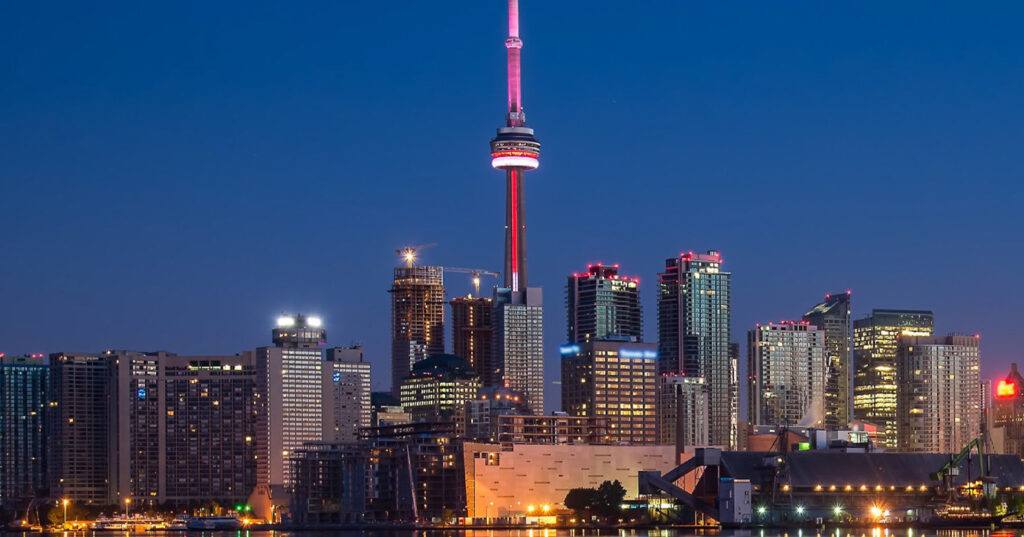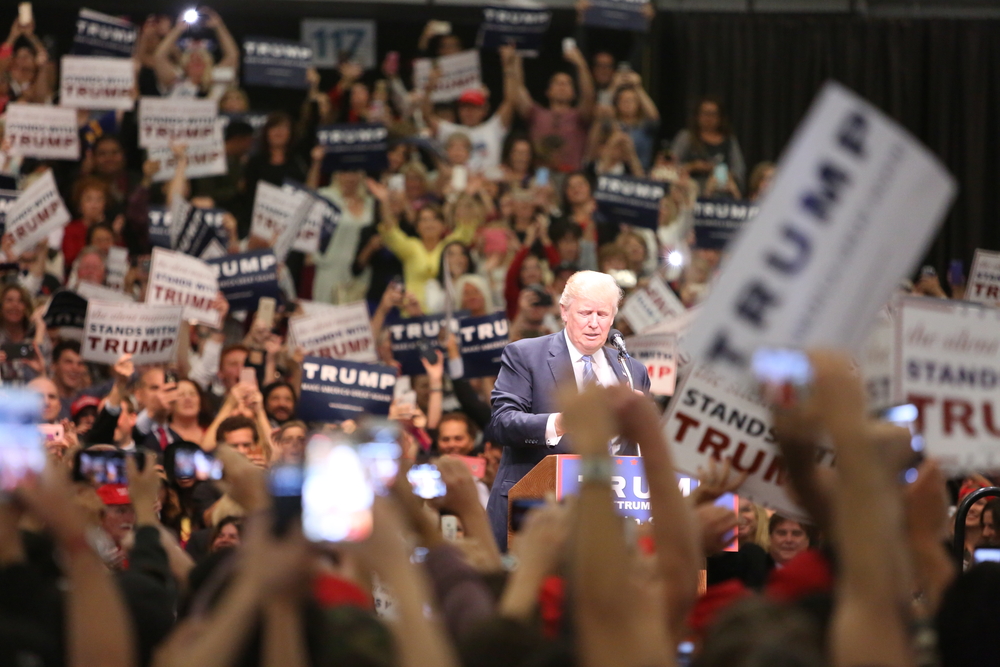
This article was first published in Canada’s National Post
One reason the Ottawa truckers’ protest at the start of this year captured international attention was that political flashpoints are vanishingly rare in what is, to outsiders, a famously harmonious country.
As a pollster used to studying the fractious politics of Britain and the US, I wondered whether the blockade was an isolated blot on Canada’s peaceful political landscape, or a sign of emerging tensions. I also wanted to see what the results meant for the long-serving Trudeau government and – as a former deputy chairman of the UK Conservatives during their long wilderness years – for the centre-right opposition as it chooses a new leader and a new direction.
My poll of 10,000 Canadians, together with focus groups throughout the country, finds few signs of the polarisation that shapes politics in the US and parts of Europe. Canadians largely agree that their country is among the best places in the world to live, that opportunities exist for those prepared to take them, and that more should be done to promote the rights of indigenous people. There is a wide consensus that in important respects Canadian life has improved in recent years, especially when it comes to the environment, minority rights and embracing diversity.
But Canadians also agree on what has got worse: crime, housing affordability, the chance of achieving a good standard of living on an average income, and a feeling that public discourse is becoming uglier – the left lamenting Trumpian influence, the right blaming the spread of identity politics.
Presiding over all this has been a prime minister who retains some of the appeal that propelled him to office: youthful, presentable, a good communicator, committed to the environment and women’s rights, and a fitting representative for Canada on the international stage. But there is no doubt the Trudeau sparkle is beginning to fade. Some feel there is little to show for spiralling taxes and spending, that performance takes precedence over substance, and that attention is unduly devoted to the country’s metropolitan east. Many considered the pandemic election a disappointingly cynical and self-serving move, even if it didn’t pay off as he had hoped.
All of which would be great news for the Conservative Party, were it not for the fact that many told us the reason they stayed with the Liberals last year was the hopelessness of the opposition. Though in the market for an alternative, they found the Tories unable to offer any convincing alternative programme or leadership.
There is plenty to build on, however. Many outside the big cities, especially in the west, are more likely to think the Tories have their interests at heart and even some in Quebec think the party has more respect for provincial jurisdiction and cultural differences than its rivals. Preferring more autonomy for the provinces rather than Ottawa is an important indicator of support for the Conservatives among uncommitted voters.
Indeed, some of the positions people still associate with the party at its best – fiscal responsibility, aversion to high taxes and a pragmatic balance between conservation and the economy – largely go with the grain of mainstream Canadian opinion. Unfortunately, these also play into a lingering suspicion that Conservatives are indifferent to environmental concerns and care more about money than people.
At the same time, on some cultural questions such as structural racism, hate speech, gun ownership, and gender versus biological sex, potential Conservative voters are usually to be found very much closer to the middle of the spectrum than at the extremes. Yet the party has conveyed to some an impression that its centre of gravity is shifting gradually to the right – and that when Erin O’Toole tried to shift the Tories back to a more centrist stance on some policy issues he was promptly “guillotined” by disgruntled colleagues for his trouble.
The upshot is that the Conservative Party has for some time been playing out its strategic dilemma for all the world to see. While this lasts, it can give the unfortunate impression that any new policy or line to take is merely being tried on for size. “They were trying to please everybody,” one gloomy Tory voter told us. “It really just became a bad look.”
But the quandaries are real enough and need to be grappled with. How far should the Conservatives go in trying to make themselves palatable to liberals who may never actually switch their vote? What is the electoral opportunity cost of reaching out to those who have already, for varying reasons, drifted to the People’s Party or the NDP? How can they enthuse their base without galvanising their opponents (a ploy that is known as the “reverse Hillary Clinton”, or ought to be)? Does a promise to scrap the Carbon Tax inevitably mean surrendering all credentials on the climate?
These are some of the questions at stake in the leadership contest. It won’t be enough to wait for the public to tire of a charismatic PM losing his lustre. Whoever takes over, the task will be the same as always (just as it will be for the Liberals having to renew their purpose and energy from within government): to marry hard-headed competence with the evolving values of new generations, while recognising that a winning party is always a coalition, not a tribe – and to show that the compromises needed to build that coalition are not cynically tactical but part of a greater purpose.


